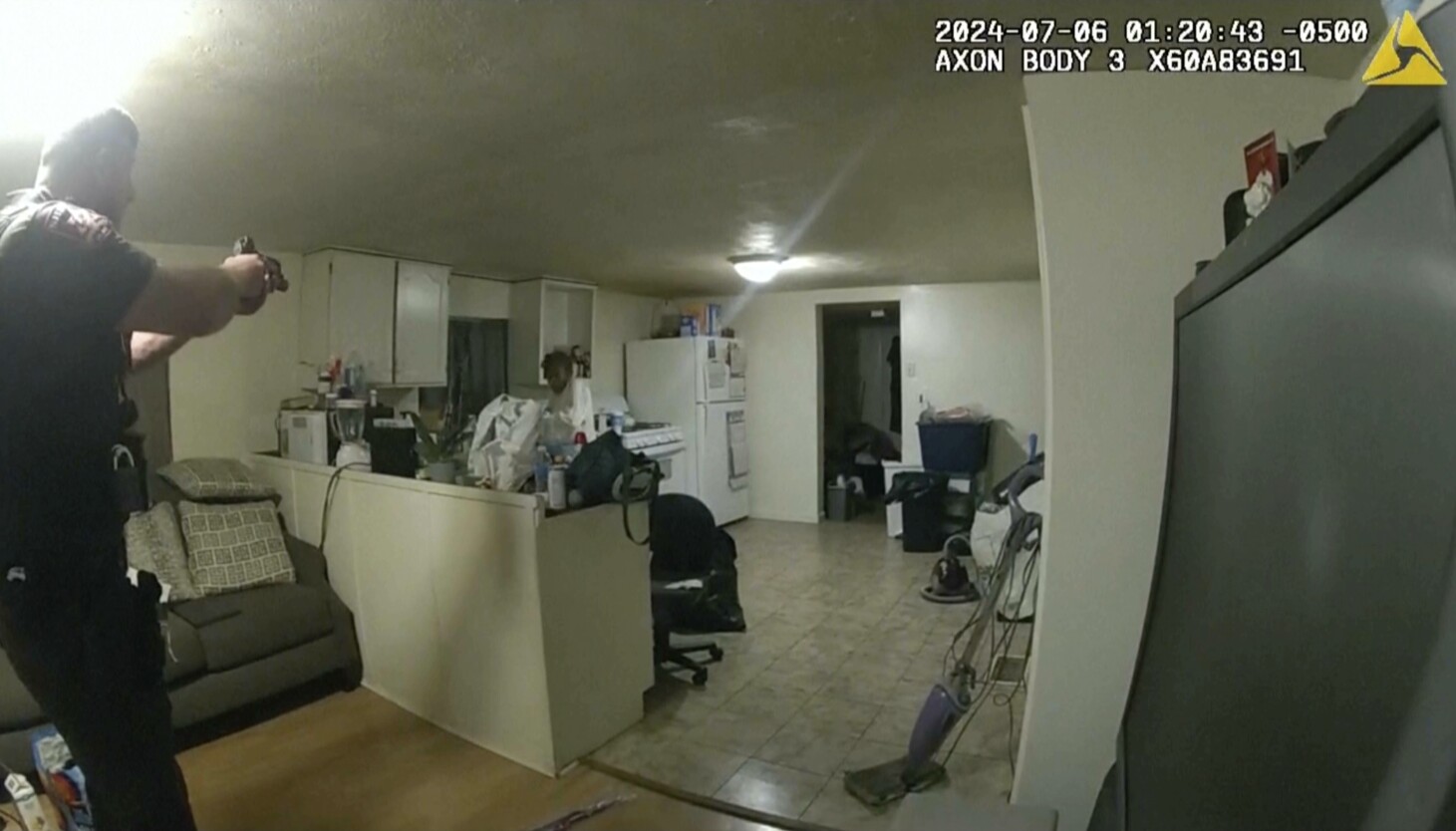When you buy a pair of glasses, it’s often not a matter of if, but when something happens to them. That “something” could be a lot of things, like leaving them at a bar, or a friend’s house, or literally anywhere that isn’t the glasses’ case or your pocket. But arguably just as bad as losing glasses is breaking them or scratching them. In most cases, that might mean a simple (if expensive and inconvenient) trip to an optician, but what if your glasses are smart? What if it’s not a lens you’re fixing but an entire geometric waveguide screen?
The answer to that question is that you’re kind of out of luck, at least if a recent teardown from iFixit is any indication. According to the repair mavens over there who recently tore down Meta’s Ray-Ban Display smart glasses, 2025’s hottest pair of screen-having smart glasses are basically impossible to fix. That’s not surprising for a lot of reasons. For one, the smart glasses use a lot of novel tech, particularly when it comes to the actual making of the glass in the lens.
According to iFixit, making the lenses requires stacking up “layers of coated glass,” then cutting them with a “diamond wire saw,” and then grinding them “very precisely.” It doesn’t take an engineer to fill in the gaps here; these are sophisticated lenses and not something that can be easily popped in and out at will. And things get especially complicated when you consider a screen has to be projected through them.
Meta’s Ray-Ban Display use a novel waveguide tech for the screen, called geometric waveguides, as opposed to the diffractive waveguide tech in other smart glasses. This type of waveguide tech is sharper and creates less of a halo glow effect in the lenses. More specifically, to cut down on those visual artifacts, the display in the Meta Ray-Ban Display use “tiny mirrors” that reflect light as opposed to splitting it. All of these choices combined make for really advanced smart glasses that feel leaps and bounds better than others on the market in terms of sharpness, brightness, and ease of use. The downside is, it also makes them expensive and difficult to repair.
Again, that’s not surprising when you’re buying a product in a nascent category, but if you’re spending $800 on a pair of smart glasses that can be easily scratched or broken (just like any pair of glasses can), you’d probably be more at ease knowing that you can go swap out a lens or other parts. But as iFixit writes in its teardown, “Don’t expect your local optician to be able to replace a lens in these for you.”
For me, what’s even more of a bummer than the lenses is the fact that the battery seems to be difficult to replace, too, and maybe unnecessarily so. Meta uses a new battery this time around in the Meta Ray-Ban Display, which extends battery life to up to 8 hours by its estimation, but iFixit says copious use of glue and lack of clips in the plastic make it difficult to replace. And putting the arms back together, even if you manage to pry them apart, is a whole different story.
In case you’re wondering, the standard warranty for the Meta Ray-Ban Display is one year, and it covers defects in materials or manufacturing, but it doesn’t apply to damage that happens accidentally or inevitable wear and tear. So, I would be very careful to put the smart glasses back in their case, no matter how tempting it may be to slide them in your pocket or throw them in a purse.
On one hand, it’s a bummer to see that such an expensive gadget is so hard to repair, but until the infrastructure is built out to repair smart glasses, that’s just how it’s going to be. In Meta’s defense, I highly doubt other purveyors of smart glasses with screens in them will be much better. Most of them are based overseas in countries like China, which adds layers of difficulty in terms of coordinating and dealing with repairs through the manufacturer. For now, it looks like fixing your smart glasses just isn’t an option unless you consider spending $800 on a brand new pair when yours get damaged a “fix.”
First Appeared on
Source link













